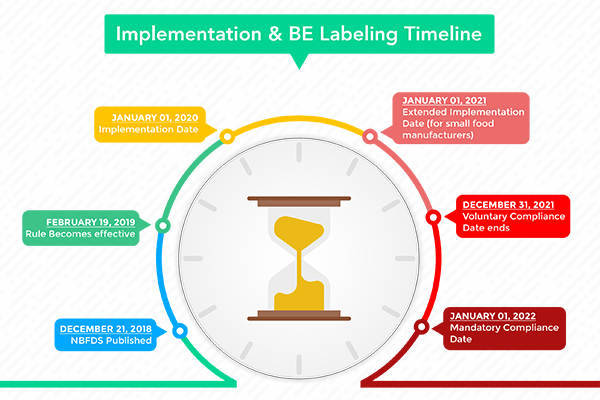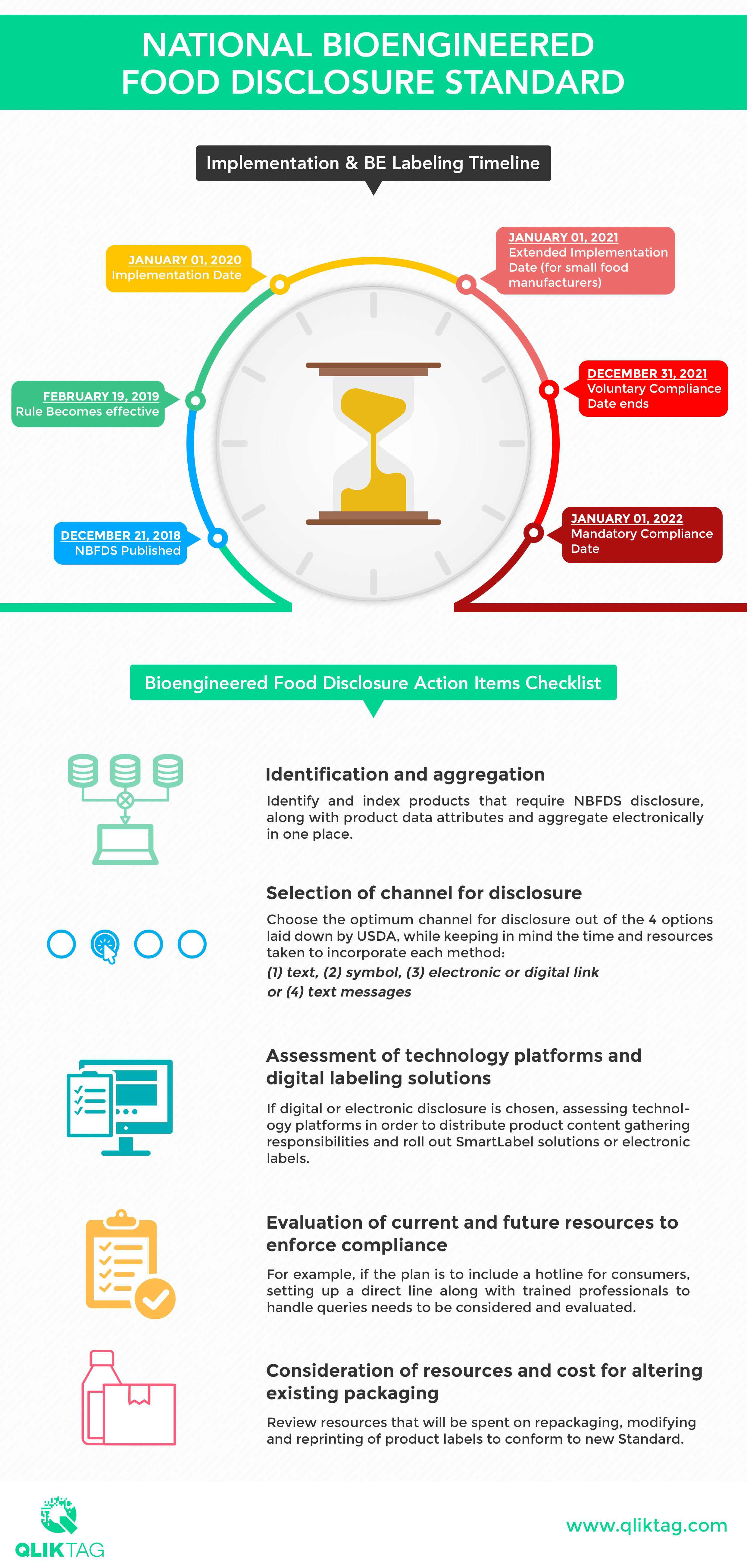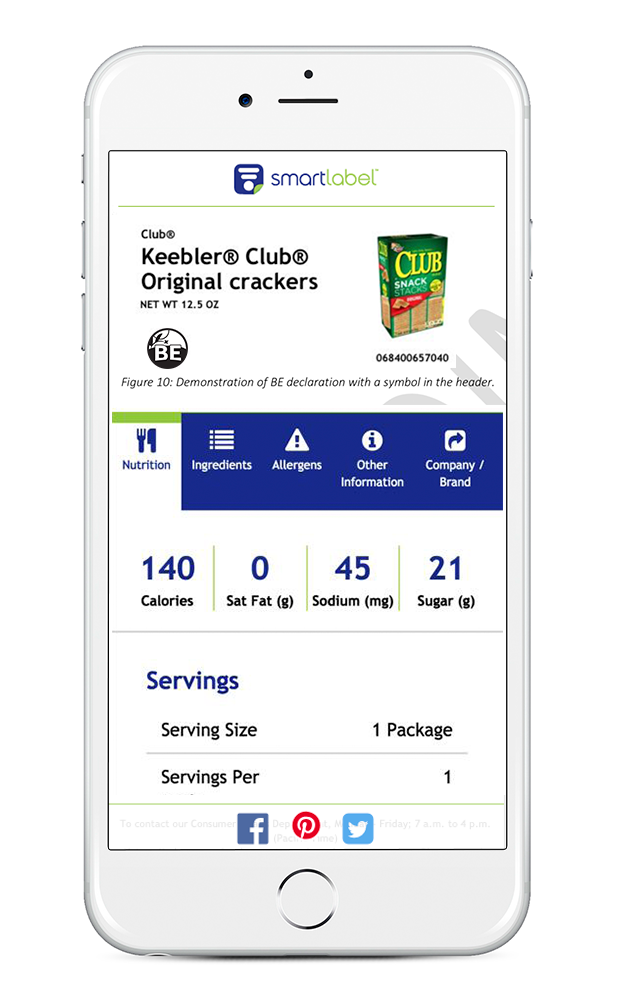Here is an infographic showing “Implementation and National Bioengineered Food Disclosure Standard Timeline and Items Checklist”
With concerns rising amongst citizens, the USDA issued the National Bioengineered Food Disclosure Standard (NBFDS) last month intended for manufacturers, importers, retailers and other entities in retail space for the disclosure of bioengineered food and ingredients on product labels. The move was made with a view to bring in more transparency and provide consumers with standardized formats to disclose information pertaining to bioengineered food products.
Earlier referred to as Genetically Modified Organisms (GMOs), the new Standard has come up with the term “Bioengineered” (BE) for genetically modified food products. The USDA defines bioengineered food and ingredients as food that contains genetic material that has been modified through in vitro recombinant deoxyribonucleic acid (DNA) techniques, and for which the modification could not otherwise be obtained through conventional breeding or found in nature. Under the new Standard, highly refined foods and ingredients like syrup, sugar and vegetable oils, without any detectable genetically modified material, are exempt from disclosure as food items that contain them will not be considered as bioengineered.
What does this mean for food brands & manufacturers in terms of compliance with the regulation?
The USDA has laid down four channels that concerned entities can use for BE disclosure:
(1) text, (2) symbol, (3) electronic or digital link or (4) text messages.
Out of these, electronic labels or digital links appear to be the quickest, possibly the least disruptive method of quick compliance with the new regulation. Electronic BE foods disclosure can have some upsides; It is a sustainable, efficient and cost-effective method to dispense valuable product data to consumers while leveraging the smartphone technology and its ubiquitousness. It also supports changes to label content instantly without reprinting or having to change the entire packaging every time there is an update that needs to be shared with consumers, a useful feature to accommodate future changes in labeling standards.
Electronic or digital disclosure can be achieved through a digital link or a scannable QR code placed on the product packaging, which on being scanned will take the user to the appropriate landing page containing the product data.
NBFDS stipulates that the BE symbol be placed in an immediately visible spot on this page, potentially looking something like this:
The SmartLabel program presents excellent scope to comply with these regulations. The SmartLabel initiative spearheaded by the GMA is already bringing in QR code-based digital labeling practices, having added over 25,000 products under its helm. Not only does it provide expanded product information, but it also ensures content is delivered in a standardized format which is easy to break down and absorb by consumers.
The clock is ticking as concerned entities have till January 1, 2020 and January 1, 2021 for small food manufacturers, to comply with and implement the new Standard, with the mandatory compliance date set at January 1, 2022. The urgency to begin exploring solutions for BE regulations compliance before the NBFDS takes full effect has begun and the time to act and implement a viable strategy is running out.



Recent Comments